We Go On (2016)
Directed by: Andy Mitton, Jesse Holland
Written by: Andy Mitton
Starring: Annette O'Toole, Clark Freeman, Jay Dunn, John Glover
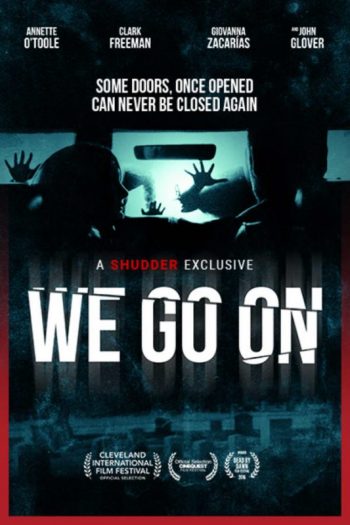
WE GO ON
Directed by Jesse Holland and Andy Mitton
One of the pitfalls of being a horror blogger is it can make it tough to watch movies for fun. For instance, the other day, I decided to fire on We Go On, thinking that it’d be good to get some use out of my often neglected Shudder account. Then, about half an hour into Jesse Holland and Andy Mitton’s third feature, I decided to review it. Not because it’s an all-time classic or total clunker, but because it’s an exciting little movie that offers a fresh take on the ghost sub-genre.
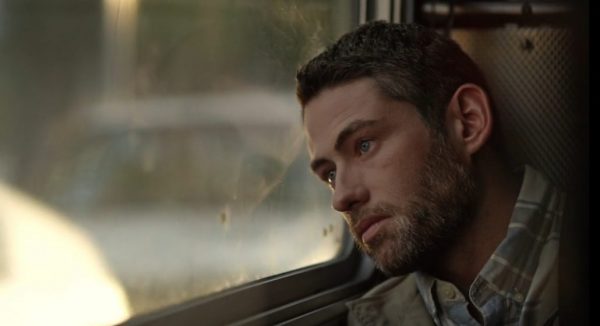
Miles (Freeman) is an agoraphobic whose phobia of the outside comes from being scared of death. This fear puts him off planes, trains and other automobiles. Most of all, it’s his car, which he’s terrified of losing control of – a fear made worse as he dies in his dreams every night. This fear of dying isn’t made any better by the recent passing away of one of his aunts. Yet, to the disapproval of his mother Charlotte (O’Toole), her passing allows him to offer a big reward to anyone able to prove to him that we go on after death. The small ad he puts in the paper gets him thousands of responses – mostly bullshit – that he narrows down to three. A supernatural scholar wants to explore childhood trauma, a medium says she can show him how he’s died before, and an entrepreneur claims to hold a magic box. And then there’s Nelson (Dunn): a strange runway worker at a nearby airport who wants to show him a body.
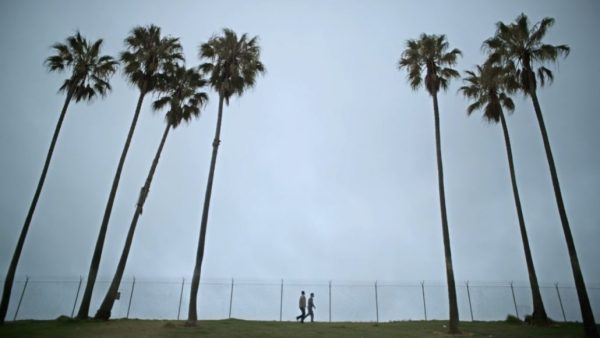
The narrative may seem streamlined since we know the first candidate is unlikely to give irrefutable proof of life after death. Still, as a quest, it is enjoyable to watch it unfold, and I liked that it also made me wonder what would or would not constitute proof. The highlight is an early trip to Miles’ old school, where a genuinely unnerving story may provide a catalyst for accessing a long-suppressed part in him that’s open to the supernatural. It’s a well-staged scene, with the prof’s focus on playing the right music and capturing the right mood providing a meta-commentary on movie making: scaring people is all about immersing them. It’s a deconstructive approach to horror that draws attention to the fundamentals: characters, locations and mood. Three things that the directorial duo show mastery over for most of the two acts to follow.
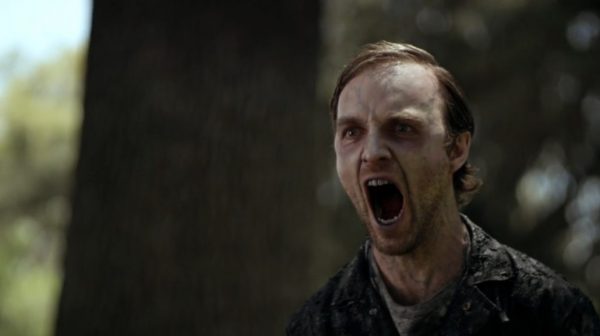
Speaking (or writing) of duos, I was surprised by how quickly Miles and his mum got over the tensions – with her immediately volunteering to help him. She isn’t entirely on board, and it’s more motherly meddling than her being a believer. Still, I thought their disagreement could have provided a natural source of conflict. However, what we get from them sort-of working together is far more rewarding, and their relationship is often dead touching. Neither of them is an outstanding actor, but are both able to command your empathy. Not only is Charlotte worried for her son, but she also has her reasons for being sceptical: if this is the end, then there is nobody to judge her afterwards. While Miles worries about there being nothing, meaning all it takes is one unfortunate accident, she’s relying on it. It’s an interesting perspective that allows for a poignant character journey for both parts. Mitton’s script integrates their fears well with the action as we learn about the supernatural and a function of their personal histories.
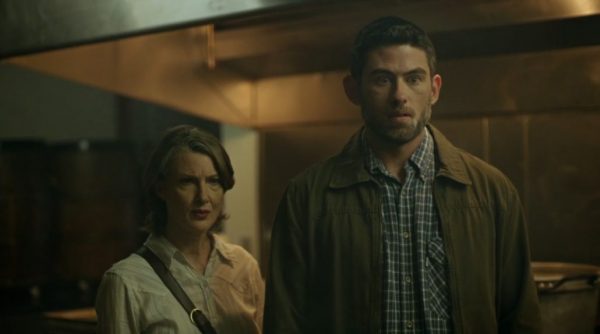
Then we come to our final pairing: the two halves of the film. Broadly, these are about asking the big questions and then dealing with the answers. While I liked both, I’m not convinced that they quite work together. The vignette style of the first is more novel and does an excellent job of grounding the film’s more fantastical elements in a relatable frustration. Furthermore, by embracing its fiction, the film trains the audience to distinguish between fake events they take as real, and fake events that they take as fake. Still, though the more focussed second half is a well-told angry ghost yarn, it’s also disappointingly pedestrian in comparison, with a reliance on loud noises and too minor scares to stick to this sort of storytelling (though it starts with a wonderful set-piece). The threat is also not well characterised – at least by the film’s own standard. What’s worse is it also loses some of the personalised elements of the leads’ quest, that have come to define the film so far, sometimes making for a story that could be about any two people. To be fair, both our leads still do things that are consistent with their roles, but I’d have rather they were doing so for reasons more related to them. There’s also a fascinating moral choice at its core.
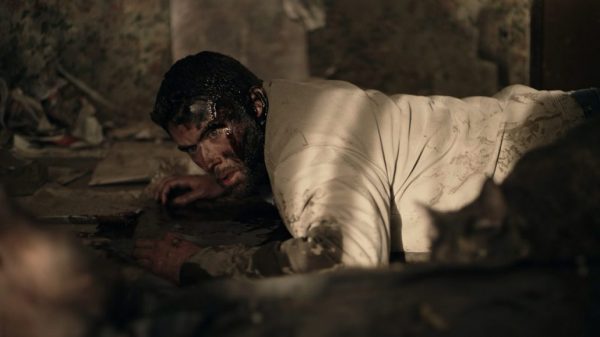
It’s a credit to Holland and Mitton that keep things small and do not stick tirelessly to the established tropes, though the lack of a third act confrontation means that when it finishes, it is not especially satisfying. There’s an irony to a film about endings leaving you wondering ‘Is that it?’ Still, if you like naturalistic and muted, character-driven horror, such as They Look Like People, then I reckon you’ll get lots from this. In the past, I haven’t always rated Holland and Mitton – though I think this was far more accomplished than YellowBrickRoad. If you’re on Shudder, you should see it, as it’s a decent exclusive. If you’re not, then this is what seven-day trials are for.
[Rating: 3.5/ 5]
We Go On is exclusive to Shudder.


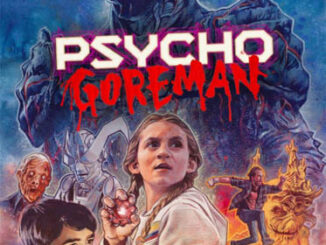

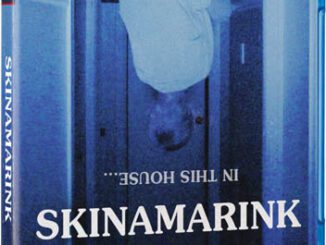
Be the first to comment